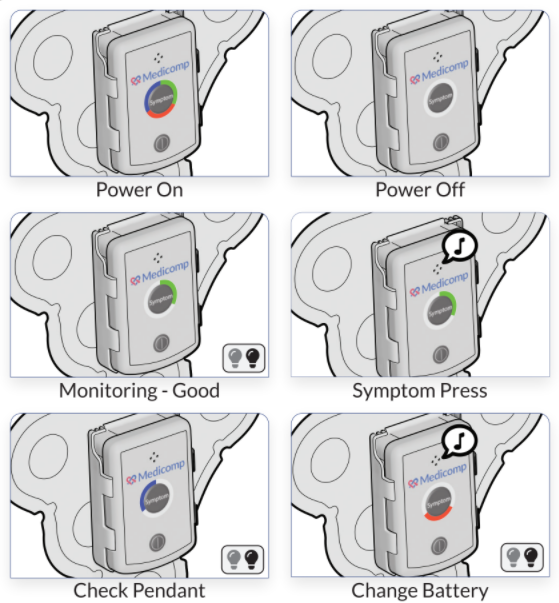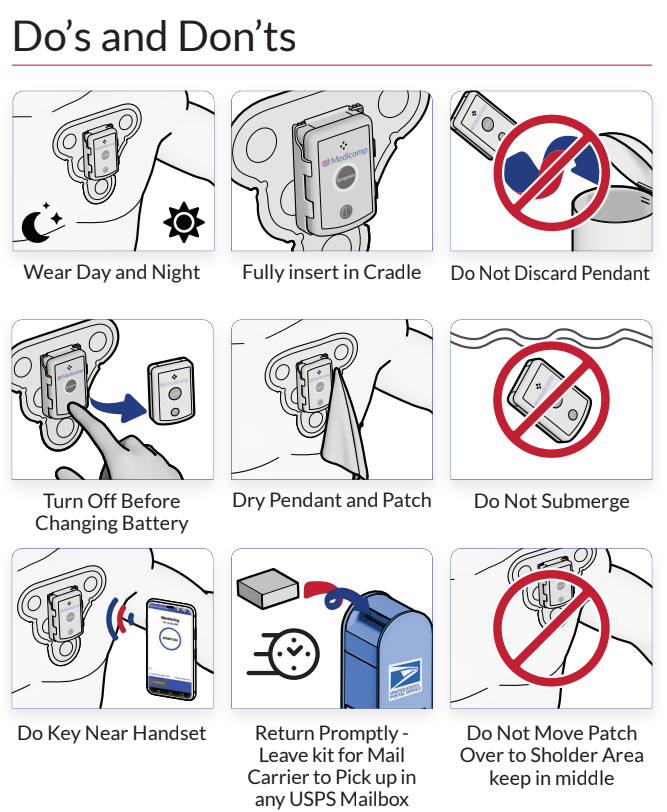A clinical trial by St. Jude Medical Center involving 100 locations in the United States and 50 additional international sites will determine whether their second-generation left atrial appendage occluder is superior to traditional left atrial appendage (LAA) closure devices currently offered to patients suffering from nonvalvular atrial fibrillation. The ReactDx team is interested in clinical trials for heart patients and has participated in clinical trials in the past. Their wearable cardiac monitors have been utilized in worldwide trials to strengthen the knowledge of cardiologist and researchers.
The auricles (from Latin: auricula, referring to the floppy, dog ear appearance of these appendages) are usually situated laterally superior to either atria. In healthy individuals, the LAA functions to contract during the S-R interval, delivering blood to the left ventricle via the left atrium. The LAA’s anatomy varies from one individual to the next, with differences in the size and shape of both the LAA and its juncture with the left atrium. These two factors are moot unless a patient presents with atrial fibrillation.
The remodeling of heart tissue due to atrial fibrillation causes the function of the LAA to diminish significantly. In many cases, blood simply pools in the LAA and agglutinates, forming thrombi that escape the LAA and cause strokes. This lack of functionality is well documented and has led to closure devices that redirect blood from the left atria directly to the left ventricle with no blood entering the LAA. However, current devices do not take into consideration the differing shapes and sizes of the orifices adjoining the LAA to the left atrium. This may lead to partial blockage or disassociation of the closure device.
The Amplatzer Amulet offered by the researchers at St. Jude Medical Center for this clinical trial is available in eight sizes and has a longer lobe and waist, which enables it to fit more snugly in a wide range of LAAs. This more stable placement can potentially lead to shorter procedure times, which is good news for patients requiring surgery.
Reducing the occurrence of stroke after atrial fibrillation is a worthy goal. ReactDx’s line of wearable cardiac monitors can determine if patients are experiencing any cardiac anomalies. Contact ReactDx today at 800-234-3278 (800-23-HEART) to learn how their portable monitors improve patient outcomes and work to reduce repeat surgeries.



